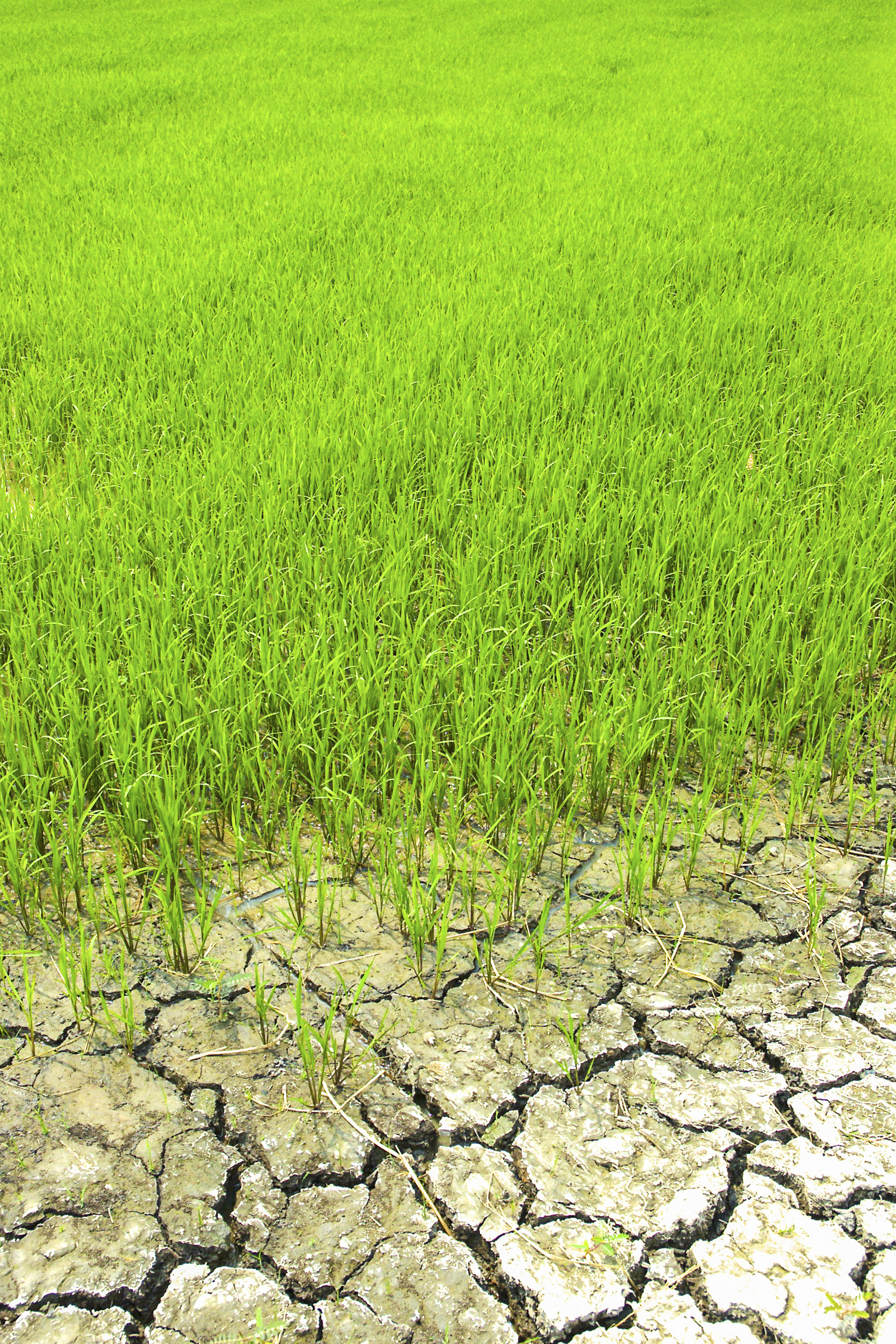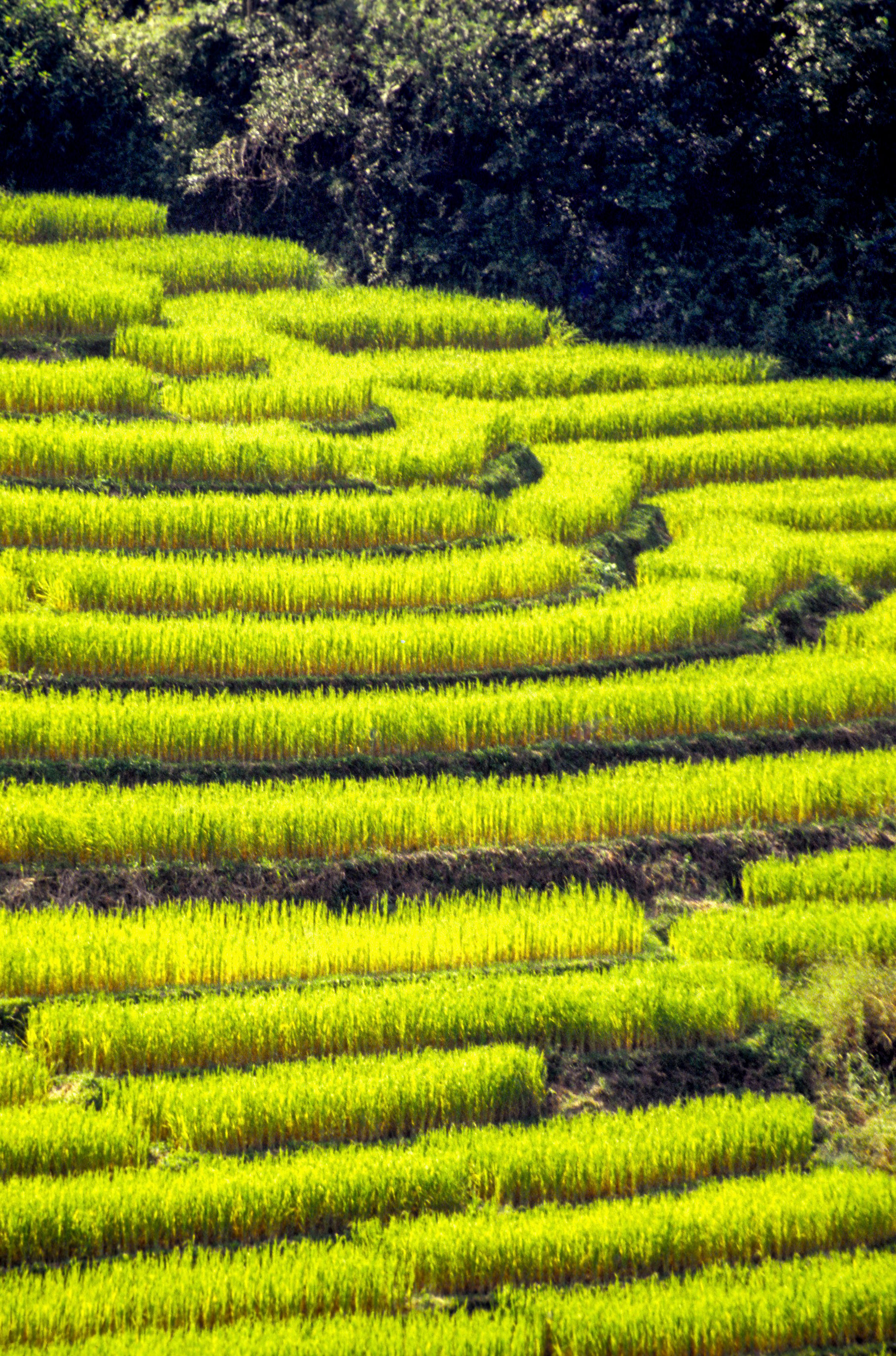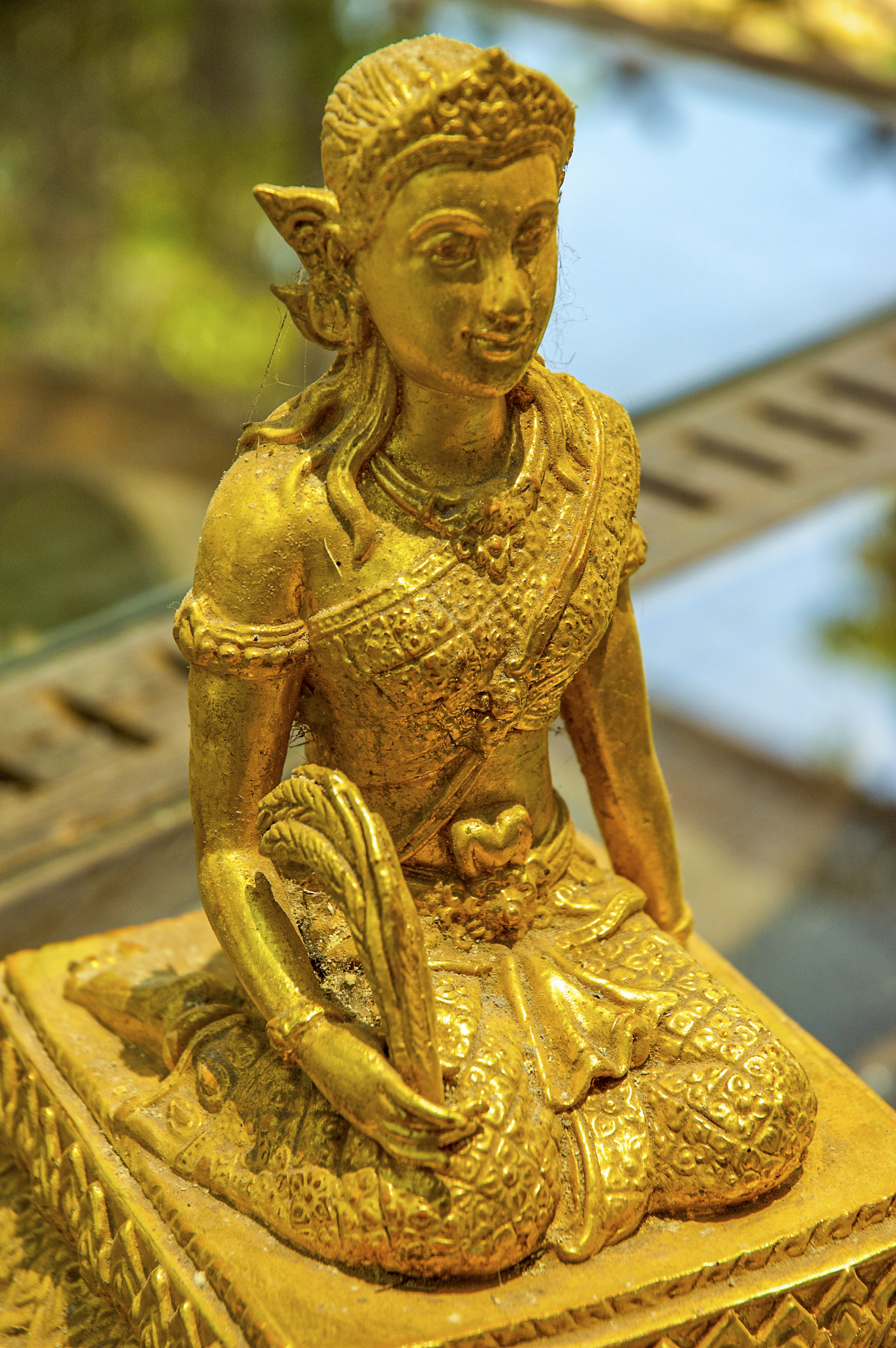
Weather and rice goddess are central to Thai farmers’ lives – a good harvest is the difference between feast and famine
- Thai farmers move to the rhythm of the rice season, with rainfall dictating the planting and harvesting of the crop, of which Thailand is the No 2 exporter
- To ensure a good harvest, farmers venerate rice goddess Mae Phosop in a series of ceremonies. Farm stays are available for visitors wanting to lend a hand
Rice (Oryza sativa) is an amazing plant. It is the world’s most-grown crop for human consumption – over 750 million metric tonnes of the grain was produced in 2020 – with more than 90 per cent of it cultivated in Asia.
It is eaten daily by more than half of the world’s population, and provides more than a fifth of the calories consumed by humans.
Thailand is the second-biggest exporter of rice after India, accounting for 13 per cent of world exports in 2021, and more than half of the country’s arable land is dedicated to the production of rice. Of the many varieties available worldwide, Thai long-grain jasmine rice, hom mali, is one of the most popular.
Such a labour-intensive task as growing rice demands close cooperation between groups of villagers, and farmers’ lives are controlled by the rhythms of the rice-growing season.

When the first rains of the monsoon season appear, in May or June, farmers plough their paddies, traditionally with the help of water buffalo, in preparation for the new crop.
Considering the disruption caused globally by extreme weather events in recent years, Thai farmers must be relieved when the rains arrive, as they are the difference between feast and famine.

Seeds are planted in beds, and when they are about 15cm six inches (tall), usually in July or August, the rice shoots are transplanted into the flooded paddies.
This back-breaking work is shared by the whole community, and despite having to stand for hours with “backs to the sky, faces to the earth”, as the Thai saying goes, rice planters are generally in high spirits, joking and singing songs as they squelch through ankle-deep mud and gradually cover each paddy with an emerald-green blanket of rice shoots.
This is one of the most exciting times to be travelling around the Thai countryside, and any visitor showing an interest in the activity is likely to be invited to pitch in and lend a hand.

Some places to stay, such as the Siripanna Villa Resort, in Chiang Mai, and the Ahsa Farm stay, near Chiang Rai, provide the opportunity for visitors to join in with the planting and harvesting.
Visitors who would rather take in gorgeous views of rice terraces than take up the back-breaking work of planting may be tempted by several simple homestays in Ban Pa Pong Piang, in the shadow of Doi Inthanon, Thailand’s highest mountain, in Chiang Mai province.
Dotting the landscape nationwide are simple shelters in which the farmers eat their lunch and snooze in the shade during the hottest time of the day.

Water in the paddies keeps down the weeds, but the plots need constant attention; birds, rodents and insects must be kept away from the growing rice – from when the shoots are transplanted until the harvest, in November or December.
When the paddies turn gold and the heads of the rice stalks bend beneath the weight of the grain, the crop is harvested using a simple, crescent-shaped knife to scythe through the stalks.
The rice is then threshed to separate the grain from the stalk, and winnowed to remove the chaff, processes that are still done by hand in many parts of Thailand, before the rice is bagged and stored in a barn.
Bangkok’s oldest street reinvents itself – now it’s the hippest place to be
For a rice harvest to be successful, Thai farmers feel they need to venerate Mae Phosop, the goddess of rice, and they do this through several ceremonies during the growing season.
At the time of sowing the rice, they build a shrine and make offerings to an effigy of her, and mix new seeds with some of the previous year’s crop to render them sacred. The goddess is shown thanks when the grain begins to form, or the plant becomes “pregnant”, as Thais see it, usually in September or October.
At this time, the women of the village take sour fruits (traditionally in Thailand pregnant women crave lime and tamarind) along with perfume, combs and mirrors to the rice paddies to present to Mae Phosop.
They also erect tarlaew – small protective mandalas made of bamboo strips that mimic hawks’ eyes – beside the fields.

After harvesting, villagers make an offering of a small part of the new crop to animals, and the last ceremony of the rice-growing season invites Mae Phosop to take up residence in the rice barn and protect the crop from disease, or theft by pests such as rats.
Traditionally women perform this rite, as it is thought that if a man were to be left alone in a rice barn with the beautiful Mae Phosop, he would not be able to control his lust for her.
Once the harvest is safely stored, rice farmers can rest from their labours for several months during the dry, cool season, before it’s time to prepare the fields for the next year’s crop.

